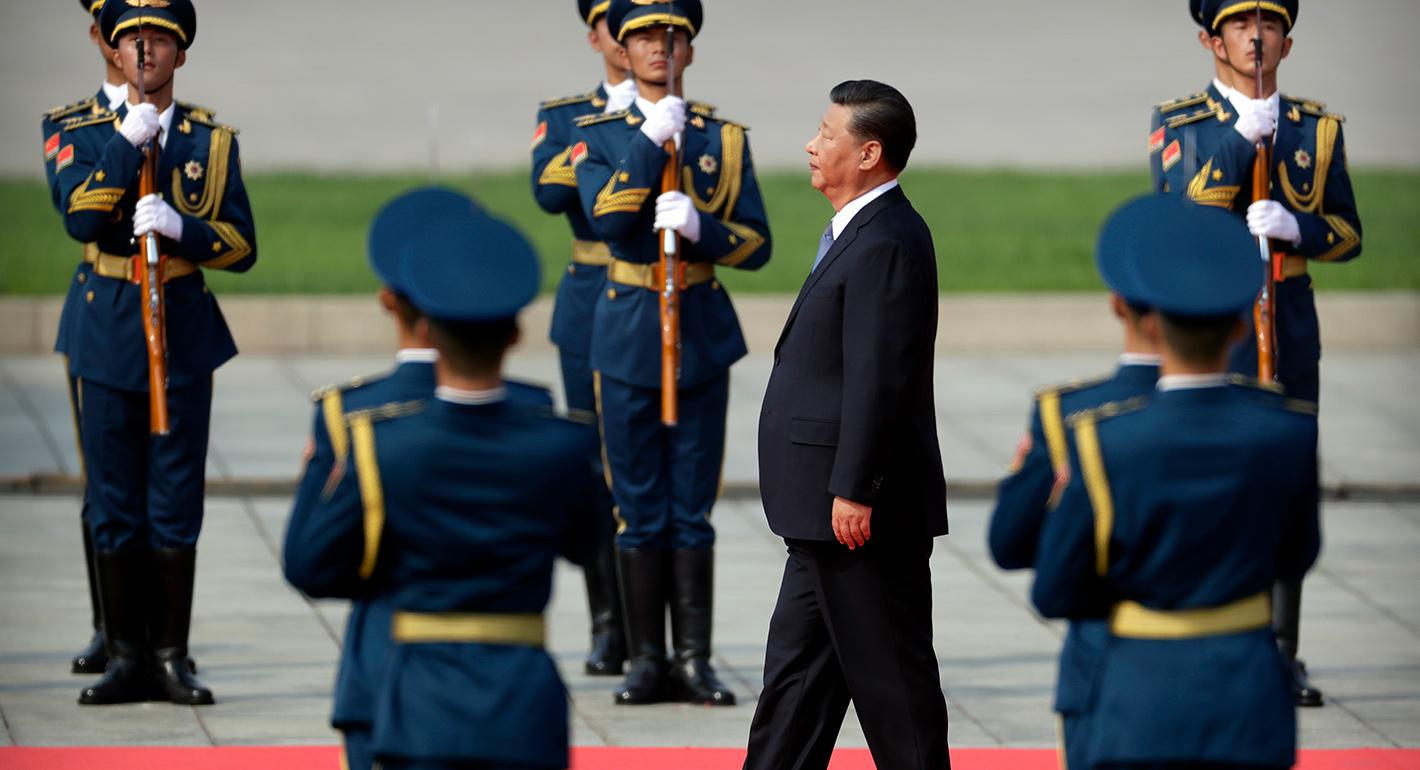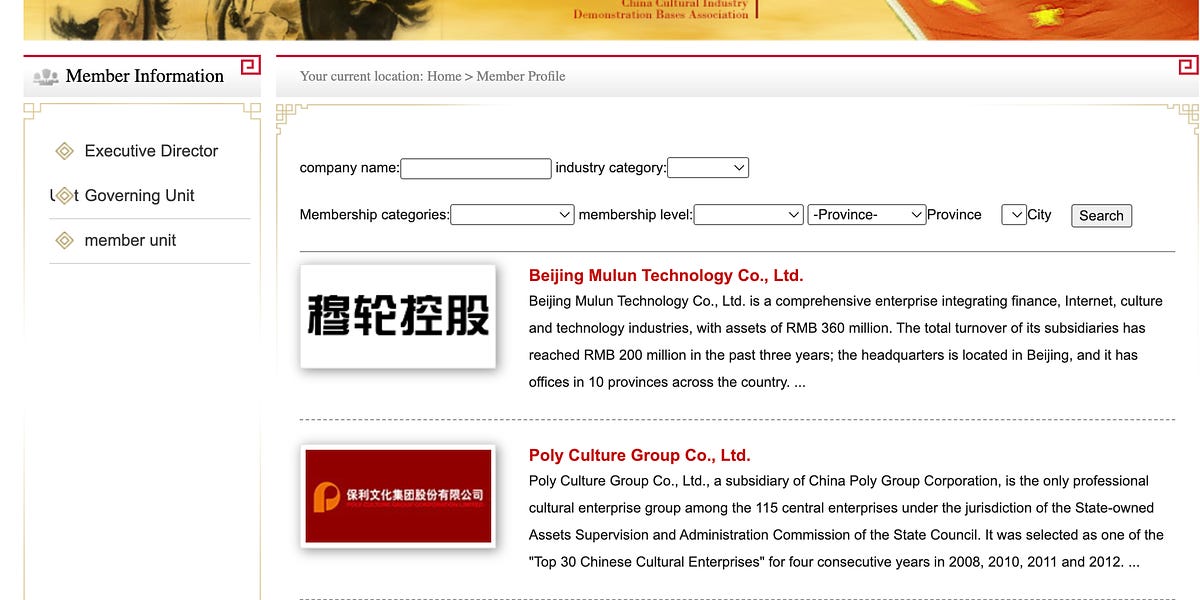daftandbarmy
Army.ca Dinosaur
- Reaction score
- 35,555
- Points
- 1,160
The Economist worries about China's intentions:
----------
Why is Xi Jinping building secret commodity stockpiles?
Vast new holdings of grain, natural gas and oil suggest trouble ahead
Over the past two decades China has devoured enormous amounts of raw materials. Its population has grown bigger and richer, requiring more dairy, grain and meat. Its giant industries have been ravenous for energy and metals. In recent years, though, the economy has suffered from political mismanagement and a property crisis. Chinese officials are adamant that they want to shift away from resource-intensive industries. Logic dictates that the country’s appetite for commodities should be shrinking, and shrinking fast.
In reality, the opposite is happening. Last year China’s imports of many basic resources broke records, and imports of all types of commodities surged by 16% in volume terms. They are still rising, up by 6% in the first five months of this year. Given the country’s economic struggles, this does not reflect growing consumption. Instead, China appears to be stockpiling materials at a rapid pace—and at a time when commodities are expensive. Policymakers in Beijing seem to be worried about new geopolitical threats, not least that a new, hawkish American president could seek to choke crucial supply routes to China.
Trump trade
The fear is warranted, for China is dependent on foreign resources. Although the country is the world’s refining centre for many metals, it imports much of the raw material required, ranging from 70% of bauxite to 97% of cobalt. China keeps the lights on thanks to imported energy. It has a lot of coal, but its deposits of other fuels do not match its needs, forcing it to bring in 40% of its natural gas and 70% of its crude oil. China’s dependence is most acute for food. In 2000 almost everything citizens ate was produced at home; today less than two-thirds is. The country imports 85% of the 125m tonnes a year of soyabean it uses to feed its 400m pigs. Its reliance on foreign farmers is near total for coffee, palm oil and some dairy products.
Aware of this, China started building up “strategic” stockpiles of grain and defence-related minerals at the end of the cold war, which it then added to at the peak of its economic boom with stocks of petroleum and industrial metals. Three recent events have prompted more stockpiling. In 2018 President Donald Trump imposed tariffs on $60bn-worth of Chinese exports to America, forcing China to retaliate by slapping duties on American soyabeans. Next came covid-19, which disrupted supply chains and raised the cost of materials. The war in Ukraine then inflamed prices and showed America’s will to use embargoes against even large foes.
Now Mr Trump, who makes no secret of his desire to hobble China, has a decent chance of returning to power. America could start by restricting its own food exports to China, which have rebounded since Mr Trump’s departure from the White House, and lean on other big suppliers such as Argentina and Brazil to do likewise. It could try to influence countries that sell metals to China, including Australia and Chile. And most of China’s commodity imports are shipped through a few straits and canals that America could seek to block for Chinese vessels by, say, posting military ships nearby.
China seems to be readying itself for a more hostile environment. Its preparations start with scaling up infrastructure required to stash supplies. By contrast with America, where strategic reserves are government-controlled, in China stockpiles also take the form of private tanks, silos and warehouses, which officials in Beijing have access to in times of crisis.
Since 2020 China’s crude-storage capacity has increased from 1.7bn to 2bn barrels. The location of many such sites is secret, but satellite imagery suggests that known ones have grown fast since 2022, says Emma Li of Vortexa, a data firm. Similarly, the capacity of underground gas caves grew six-fold between 2010 and 2020, to 15bn cubic metres (bcm); the target is to reach 55bcm by next year. China is also building a dozen or so tanks to hold liquefied gas along its coast. JPMorgan Chase, a bank, forecasts that total gas-storage capacity will hit 85bcm by 2030.
China is now filling these facilities. In another sign of increasing caginess, state statisticians have stopped releasing data for stocks of many commodities. Yet there are ways to approximate the degree of concern. America’s Department of Agriculture forecasts that, by the end of the current growing season, China’s stocks of wheat and maize will represent 51% and 67% of the world’s, up five to ten percentage points from 2018. These are thought to be enough to cover at least a year’s demand. Stocks of soyabeans, China’s biggest agricultural import, have doubled since 2018, to 39m tonnes, and are projected to hit 42m tonnes by the end of the season.
Copper-bottomed
More striking still has been China’s effort to stash away metals and fuel. By estimating the amounts of copper, nickel and various other metals that China could have credibly consumed and comparing it with total supply, Tom Price of Panmure Liberum, a bank, finds that the country’s inventory build-up since 2018 has been sufficient to cover at least 35% to 133% of its annual demand, depending on the commodity. By the end of spring China also had 25bcm of gas in storage, enough to meet 23 days of consumption, and up from 15 days’ worth five years ago. Parlsey Ong of JPMorgan Chase expects that this cover will reach 28 days by 2030.
Crude stocks, meanwhile, have risen by an average of 900,000 barrels a day (b/d) since the start of the year, estimates Rapidan Energy, a consultancy. At 1.5m b/d, the filling rate was fastest in June, suggesting acceleration. This has helped China’s inventory near 1.3bn barrels, enough to cover 115 days of imports (America, by comparison, holds 800m barrels). The stash will continue to grow. China has told oil firms to add 60m to stockpiles by the end of March. Rapidan reckons reserves will grow even faster, with China adding as much as 700m barrels by the end of 2025.
This stockpiling is worrying Americans, and not just because it could fuel inflation by raising commodity prices. The supplies China is after are exactly those it would need to survive a protracted conflict, perhaps as it blockades Taiwan. “When you juxtapose that against China’s military build-up, it starts to be very concerning,” says Gabriel Collins, a former analyst at America’s defence department. For now, the evidence suggests that Xi Jinping’s hoarding is more likely to be a defensive measure, since it is not yet on a scale required for him to be secure in a hot conflict. American officials must hope that does not change in the years to come. ■
----------
The last para is the worrying part.
The smart money forecasts a two phased approach to China's global domination, beginning with regional hegemony, kind of the the US' journey to Super Power status....
China Has Two Paths To Global Domination
The conventional wisdom was that China would seek an expanded regional role but would defer to the distant future any global ambitions.The emerging conventional wisdom holds that China will try to establish global influence by first establishing regional hegemony. This does not mean physically occupying neighboring countries (with the potential exception of Taiwan), as the Soviet Union did during the Cold War. But it does mean that Beijing must make itself the dominant player in the Western Pacific, out to the first island chain (which runs from Japan to Taiwan to the Philippines) and beyond; it must gain an effective veto over the security and economic choices of its neighbors; it must rupture America’s alliances in the region and push U.S. military forces farther and farther away from China’s shores. If China cannot do this, it will never have a secure regional base from which to project power globally. It will be confronted by persistent security challenges along its vulnerable maritime periphery; it will have to focus its energies and military assets on defense rather than offense. And so long as Washington retains a strong military position along the first island chain, regional powers—from Vietnam to Taiwan to Japan—will try to resist China’s rise rather than accommodate it. Put simply, China cannot be a true global power if it remains surrounded by U.S. allies and security partners, military bases, and other outposts of a hostile superpower.

China Has Two Paths To Global Domination
The conventional wisdom was that China would seek an expanded regional role but would defer to the distant future any global ambitions.






